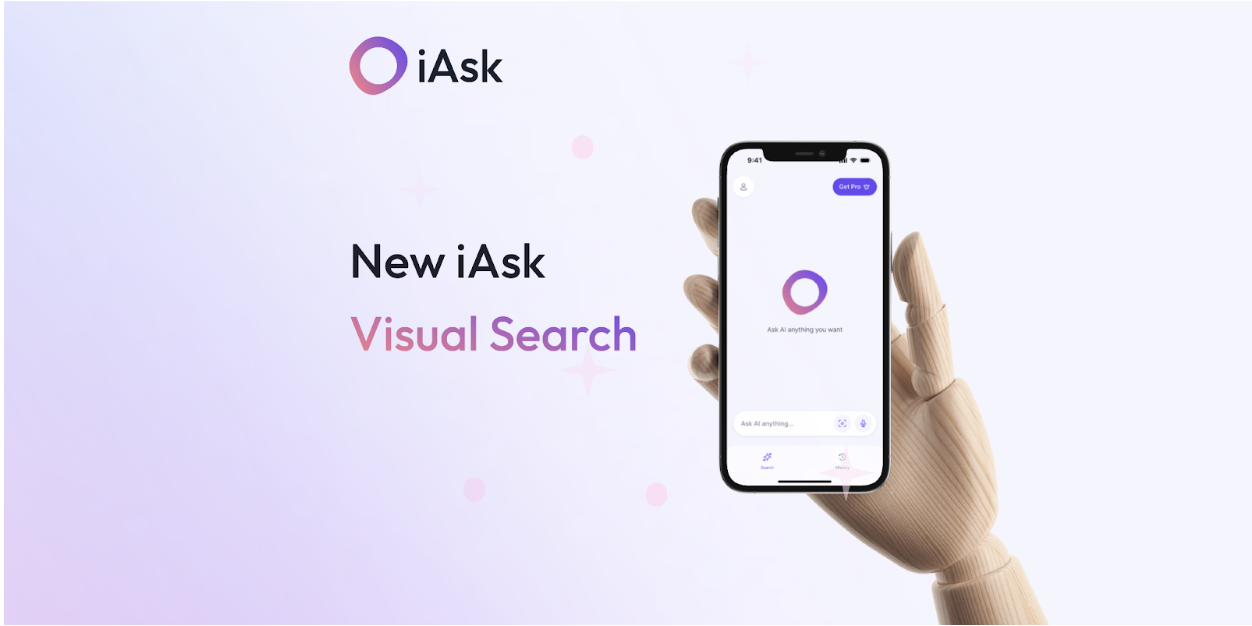Tech
Experts Recommend to Try UC mini Browser if you Want to Have an Effective App

Vidmate, UC mini
This is the age when people love to for the smart devices only. It is due to the enhanced utilities of these devices where one can chat with others with the help of various options and also move files. One of the prime reasons why people love this device is watching a video. Many people love to watch videos of different types such as games, learning, education and entertainment. Many times the users love a video and save it on their device but they are not able to do so as the platforms with the concerned video do not allow the same.
However, it never means that the users can’t have the concerned video. Those who want to pull the video from the concerned platform can go for vidmate which is a known app for video pulling and get the video pulled. It is one of the most famous apps that can pull any video from any platform. The user who wants to pull the video, first needs to get this app from its official site which is 9apps. This app is not there on the play store like other apps.
Get the app:
To avail the app and go to the site of 9apps one can use UC mini browser which can easily lead one to the site of 9apps from where the app of vidmate can be downloaded. It is a compact, modern and quick browser that offers many services including search. The browser UC mini is also easy to use like many others but the quality of search and speed for the same are tremendous on this browser. Presently this browser holds a key position among leading browsers of the world.
Go to the site:
With the help of the browser one can easily reach the site of 9apps where the link to download the vidmate app is provided. Once the link is availed the user needs to click the same and it will drive the app to the device. In a few moments the app will be there on the device and get installed automatically. The user needs to provide the link of the concerned video to the device and hit the button of download which will initiate the download process of concerned video to the device. With the help of the link the app pulls the video from its concerned platform which is the biggest advantage to the users of this app.
The vidmate is an app that does not need much space on the device and hence the user need not worry about its operation. The best part of this app is it is powerful enough to pull any video irrespective of the restrictions placed by the platform. It also creates a folder on its own where it stores the videos downloaded by the users so that one does not have to keep on hunting the video after downloading. The user after getting the video can share it or watch it as per his convenience.
Tech
How iAsk Visual Search Captures and Delivers Detailed Insights from the World You See

Byline: Shem Albert
There are moments when the world around you sparks curiosity, yet you do not even know the word for what you are seeing. You describe it in painstaking detail, type and retype, scroll through search results, hoping something matches. Minutes pass, sometimes longer, just to uncover a simple answer. That experience of encountering something unfamiliar and struggling to put it into words is all too common, yet often goes unnoticed. With a single photo, however, everything changes. iAsk Visual Search bridges that gap. Suddenly, the mystery becomes an opportunity to learn, experiment, or act in the moment.
Turning Discovery into Action
Using iAsk Visual Search is simple, yet the possibilities it opens up are immediate. You open the app and snap a photo of the object, diagram, or scene that has caught your attention. Instantly, the app identifies what it sees and provides context, turning a moment of curiosity into a starting point for exploration. From there, you can ask follow-up questions to dig deeper, consider alternatives, or uncover how something works in practical terms.
This goes far beyond basic identification. Where traditional image recognition might simply name an object or offer a brief description, iAsk lets you continue the conversation. It remembers the image, so you can explore multiple layers of information without starting over. What begins as a single observation quickly expands into actionable insights you can apply immediately.
Real-World Applications in Everyday Life
The real test of significance for iAsk Visual Search is how it is used in a user’s everyday life. Novice cooks and experienced chefs can rely on it to identify an unfamiliar ingredient and ask follow-up questions, such as preparation tips, cooking methods, or possible substitutions. Users can experiment with complementary flavors or adapt recipes based on what is available in their pantry, reducing hesitation and encouraging culinary creativity.
A quick snapshot of a street sign, menu, or product label in a foreign language is another way iAsk Visual Search supports everyday tasks. Users can ask follow-up questions to clarify translations, understand cultural context, or receive practical guidance. This enables individuals to navigate unfamiliar environments with confidence and ease.
These examples illustrate how iAsk Visual Search can become a versatile companion in daily life. It can serve as a travel guide, a study aid, or a creative assistant. Artists, crafters, and curious hobbyists can explore materials, techniques, or designs with guidance that is immediate and interactive. Each interaction transforms curiosity into tangible results, empowering users to act on the knowledge they gain instantly.
A Tool That Stands Apart
iAsk Visual Search stands out for its interactive, context-sensitive design. Users can maintain an ongoing dialogue with the app, exploring details without losing sight of the original image. This makes it possible to investigate complex subjects and adapt the information to specific tasks.
Privacy and accessibility are central to the experience. Images are not stored, personal data is not tracked, and there are no ads to interrupt the workflow. The app is available across multiple platforms without subscription barriers, making it accessible to students, parents, hobbyists, and professionals alike.
Curiosity Translated into Results
iAsk Visual Search turns a simple photo into an understanding you can act on. Whether it’s decoding a diagram, identifying an object, or untangling a confusing concept, a snapshot instantly delivers context, explanations, and next steps. It doesn’t just show you — it teaches you, guiding each discovery into something useful.
Every question becomes a chance to learn, explore, or create. From the kitchen to the classroom, the trailhead to the studio, iAsk makes the world clearer and curiosity immediately productive.
Snap. Ask. Learn. Then act. The answers are there. All you need to do is iAsk.
-

 Tech5 years ago
Tech5 years agoEffuel Reviews (2021) – Effuel ECO OBD2 Saves Fuel, and Reduce Gas Cost? Effuel Customer Reviews
-

 Tech6 years ago
Tech6 years agoBosch Power Tools India Launches ‘Cordless Matlab Bosch’ Campaign to Demonstrate the Power of Cordless
-

 Lifestyle6 years ago
Lifestyle6 years agoCatholic Cases App brings Church’s Moral Teachings to Androids and iPhones
-

 Lifestyle5 years ago
Lifestyle5 years agoEast Side Hype x Billionaire Boys Club. Hottest New Streetwear Releases in Utah.
-

 Tech7 years ago
Tech7 years agoCloud Buyers & Investors to Profit in the Future
-

 Lifestyle5 years ago
Lifestyle5 years agoThe Midas of Cosmetic Dermatology: Dr. Simon Ourian
-

 Health7 years ago
Health7 years agoCBDistillery Review: Is it a scam?
-

 Entertainment6 years ago
Entertainment6 years agoAvengers Endgame now Available on 123Movies for Download & Streaming for Free
